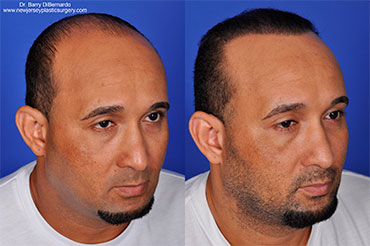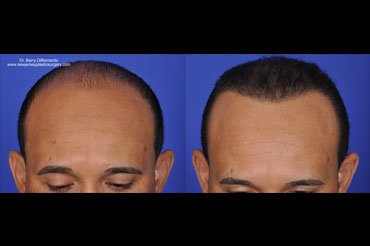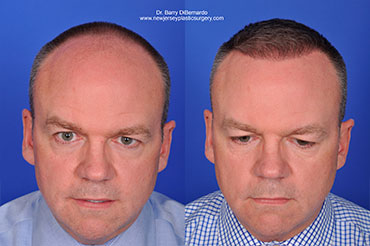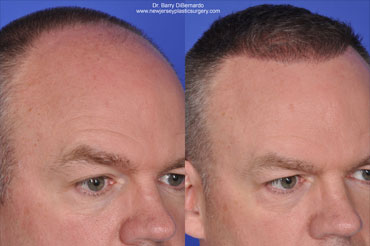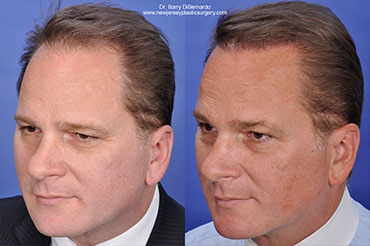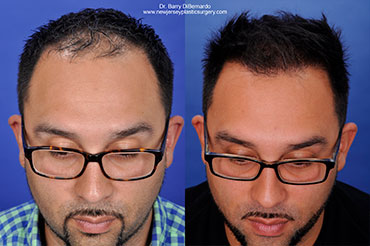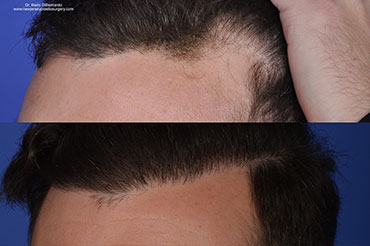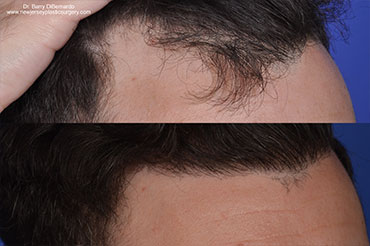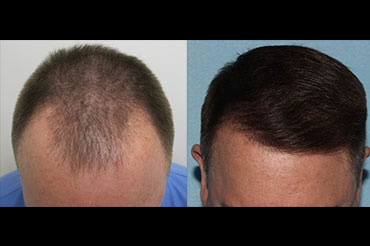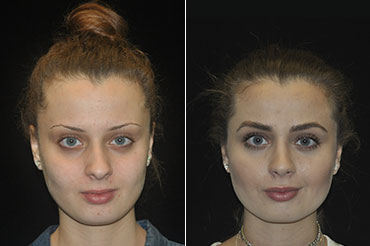Eyebrow Transformations
Posted in General
Published on May 2, 2022

In 1939, Japanese doctor, Dr. Shoji Okuda published a series of five articles indicating that scalp hair could survive after transplantation not only to areas of the scalp but also to areas of the body where hair naturally grows, including mustache, pubic hair, and eyebrows. Hair restoration methods have drastically improved since Dr. Okuda’s findings in 1939, and until recently the primary focus has remained on scalp care and regrowth, but Dr. Okuda’s novel research paved the way for brow restoration, which has grown in popularity among women and increasingly in men thanks to celebrity influence.
“Brows”ing through History

Brow trends have changed over time to reflectan individual’s shape and style. The 1920’s brow was defined by the silent movie era, where facial expression was paramount to an actor’s character. Brows of the 20s were defined and thin and by the 30s, thin eyebrows remained on trend, but the downturned contemplative shape of the previous decade was replaced by a better suited shape to the face. By the 1940s, fuller and more natural brows were popularized by actress and fashion icon Joan Crawford, who was known for her powerful and bold brow. This trend continued through the 50s with Elizabeth Taylor, Marilyn Monroe and Audrey Hepburn utilizing makeup and eyeshadows to accentuate the most expressive feature of the face. By the 1960s, the eyes, the windows of the soul, dominated makeup fashion and eyebrows thinned to complement the eyes through the use of bold eyeliner and mascara. The 70s brought us performers like Aretha Franklin, Farrah Fawcett, and Donna Summer, who opted for brightly colored eye shadows, long eyelashes and blush along the cheeks. By the 80s, girls just wanted to have fun and powerhouses like Brooke Shields, Whitney Houston, and Madonna empowered women to embrace their natural brow. The 90s were a time of mourning for the eyebrow, as celebrities turned to trends from their 60s ancestors Mariah Carey, Pam Anderson and Drew Barrymore opted for neat, rounded and thin brows. This trend lent itself to the brow butchery of the early 2000’s, when celebrities like Christina Aguilera and Gwen Stefani went B-A-N-A-N-As over-plucking brows and shaving them, only to draw on paper thin lines where the brow once grew naturally. The over plucked and shaved eyebrows became a trend that quite honestly should remain in the history vaults permanently. By 2010, women and men had had enough torture. Influencers like Kim Kardashian, Natalie Portman, and Jake Gyllenhaal embraced what nature has given them or opted for procedures such as microblading or tinting to reverse a decade of 90s damage.
Recent celebrity success stories of eyebrow restoration procedures, microblading, and tattooing from the likes of Chrissy Tiegan, Meagan Good, Nicholas Cage, and Ana Bekoa among others have popularized the art of eyebrow restoration in the media.
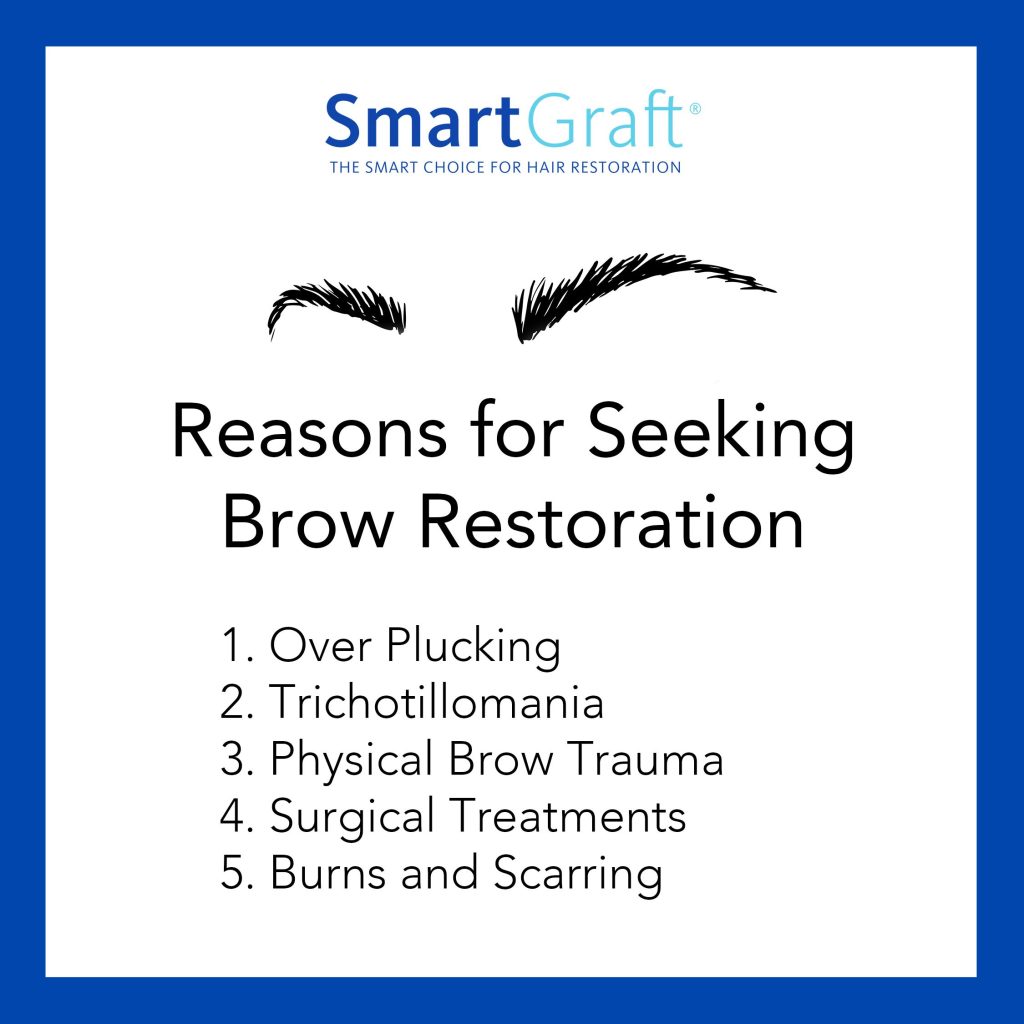
Brows are IN
Among those seeking eyebrow restoration, genetics, excessive hair pulling, nutritional deficiencies, burns, scarring, and years of over plucking are often cited as causes of loss. In a recent ISHRS census, eyebrow restoration accounted for 11% of FUE cases among women. If the eyes are the windows to the soul, the eyebrows serve as the most expressive feature, setting a framework for all other angles and contours of the face. Globally recognized celebrity makeup artist, Vincent Oquendo, shares that “brows are, in my opinion, the most important part of the make up. If your brows are full and fit your face beautifully, it creates an instant refresher.” Mr. Oquendo, hailed as the “makeup maestro” by ELLE magazine, has appeared in Vogue, Harper’s Bazaar, InStyle, L’Officiel, V Magazine, and W shares that among his clients, the trend for fuller brows offer his clients a more youthful and well-rested appearance.
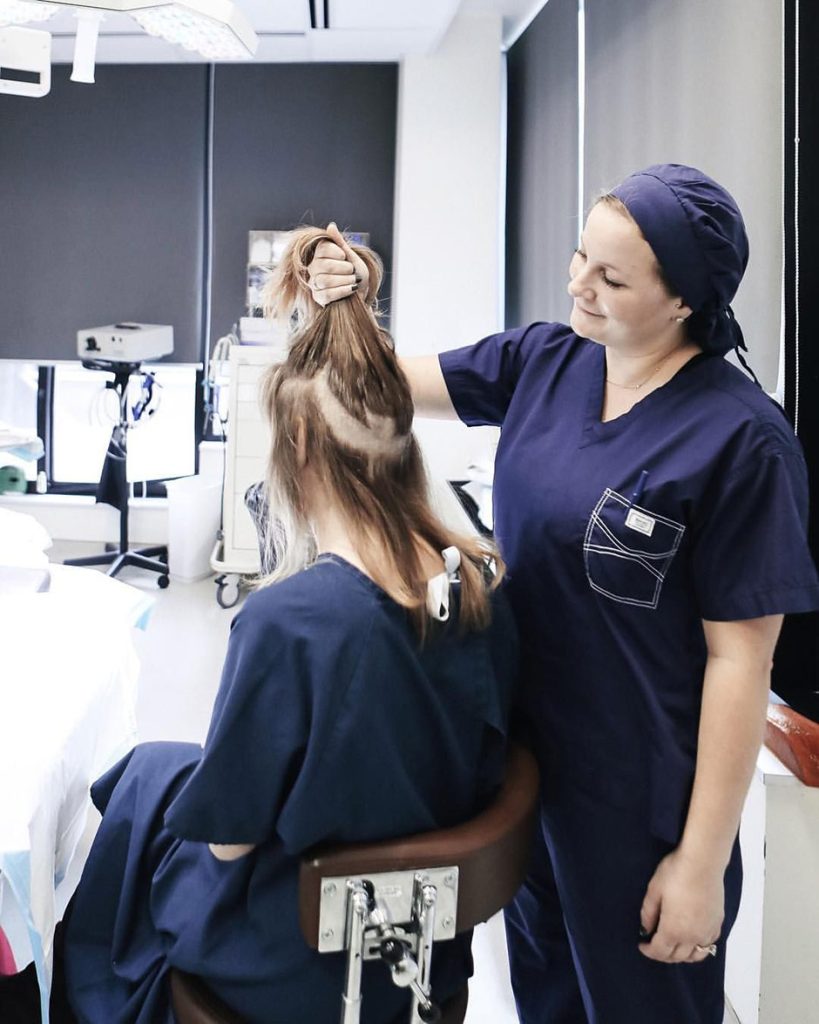
Finding the Right Fit
Any victim of a botched microblading session will share with you the importance of finding a specialist who is trained in the art of brow restoration. While microblading is a type of cosmetic tattoo that offers a temporary solution to eyebrow fullness, it can fade overtime and poor design from inexperienced artists can result in a shockingly upsetting result. As a result, hair restoration using follicular unit extraction (FUE) is growing in popularity as it creates satisfactory results with realistic expectations. SmartGraft FUE eyebrow restoration is similar to scalp and beard restoration, which involves shaving a small patch of hair from a donor site, typically in an indiscreet location in the back of the head and transplanting follicular units with precision to the desired site.
At Toronto Hair Transplant Clinic, there is a growing trend in eyebrow restoration cases. “In the past, eyebrow transplants have been a procedure that was targeted at women. However, we have seen many patients who are looking for eyebrow transplants, both male and female. Eyebrow transplants are a permanent and natural-looking way of restoring or just improving existing eyebrows or lack thereof. Some eyebrow transplants can just be a quick touch-up, usually in the area of a scar, or because of the lack of hair in a small part of the brow. These procedures are perfect for the SmartGraft FUE technology because it is possible to harvest only the small amount of grafts that are necessary.”
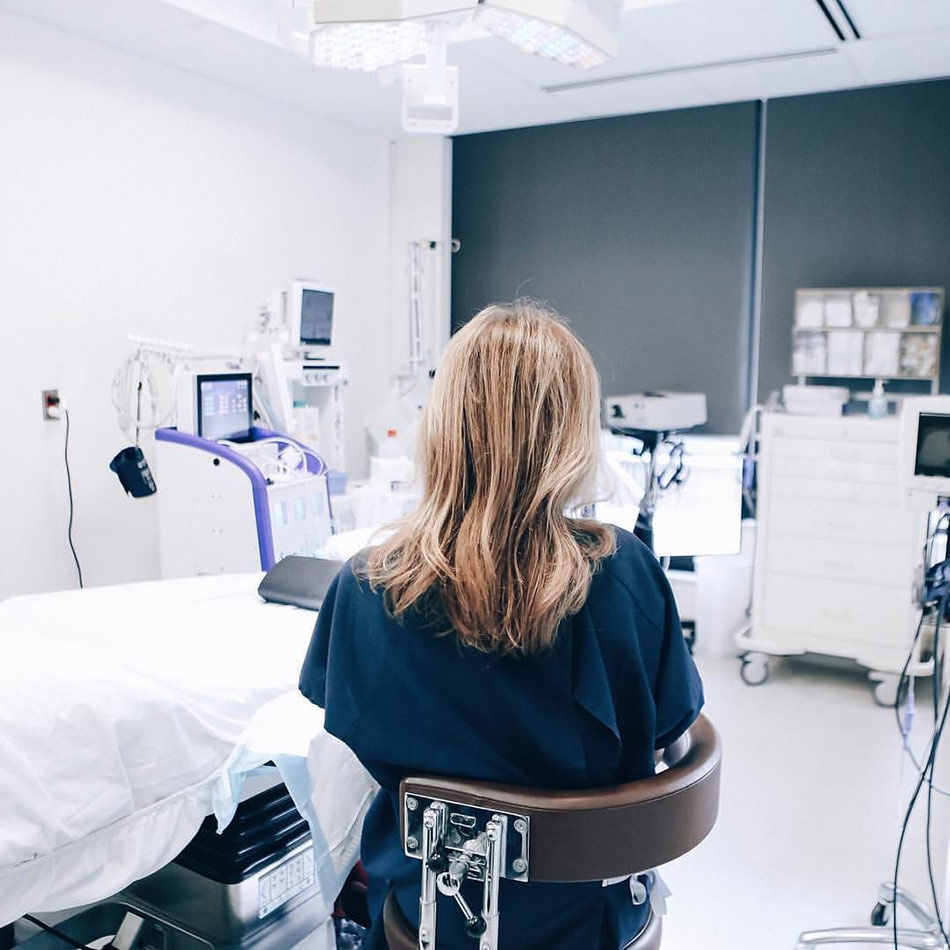
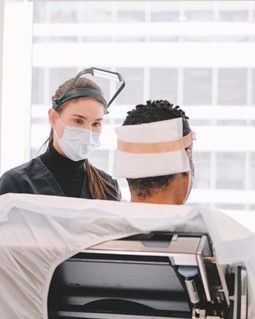

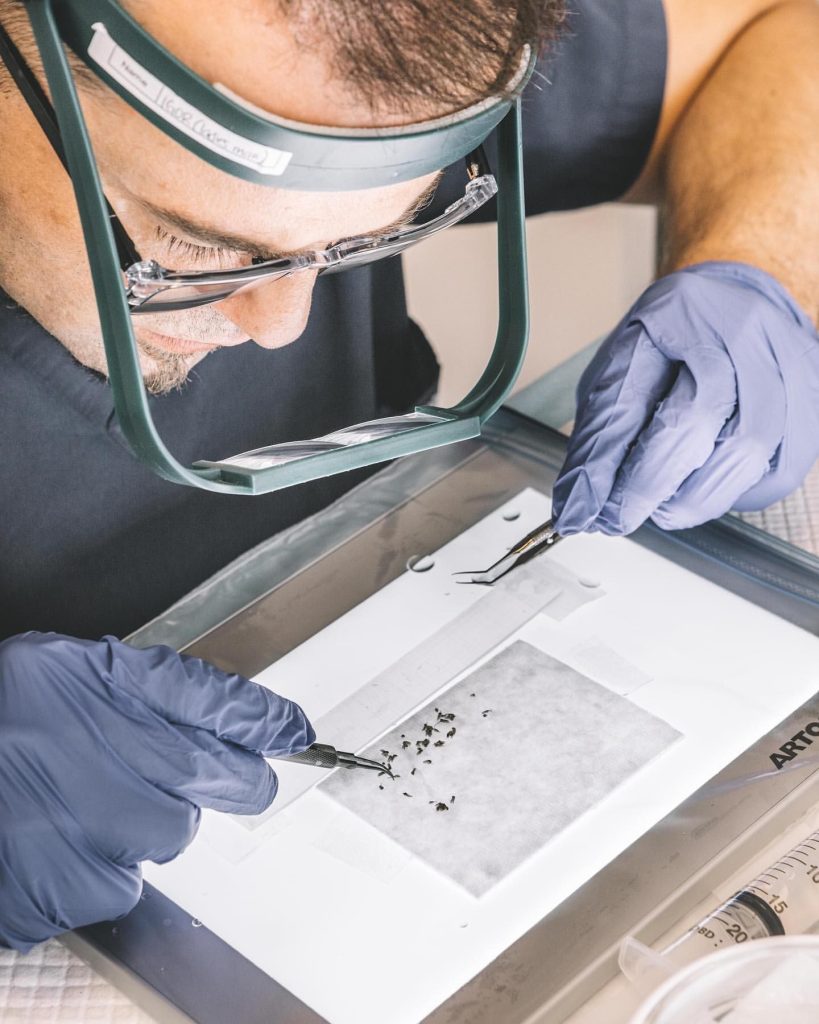
Understanding how each hair grows is important in the design and shaping of eyebrow restoration. The hair on one’s scalp grows in small groupings called follicular units. The typical adult has follicular units consisting of 1-4 hair follicles and sometimes even 5 or more. In the majority of hair restoration extraction procedures, singular follicular units account for about 18% of graft pulls. These singular follicular units are desired in eyebrow restoration recipient sites, and they are generally found at the nape of the neck or along the occipital area along the back of the scalp. Finding a specialist trained in eyebrow restoration will ensure the patient gets the desired results they desire. Finding a specialist who has had the procedure themself is often helpful, as they can provide first hand knowledge of the recovery process.
Dr. Melissa Toyos is an oculofacial surgeon specializing in SmartGraft FUE hair and eyebrow transplantation, who recently switched roles from doctor to patient to experience an eyebrow SmartGraft FUE procedure. She shares, “I had my brows microbladed a few years back and the results were good, but up close, you could tell it wasn’t natural. Microblading is great, but it’s semi-permanent and needs touching up every so often. The color of the ink naturally fades over time. My transplant procedure placed hairs in the micro-bladed area to create a more natural result, and I took the opportunity to make sure that my face-framers were as symmetric and aesthetically pleasing as possible.”
What to Expect:
In addition to finding the right physician, the consultation process is important for the patient and physician, where each may experiment with desired brow hairline designs, discuss where the donor site will be shaved, use anecdotal examples of desired effect from the patient and making use of pre-cut templates to shape desired expectations. It’s important to know that brow design differs for men and women. For men, for example, brow shape tends to be uniform in thickness and density. For women, however, brow shape extends beyond the orbital rim and increases in density in the medial part, thickening in the lateral end. With brow restoration on an upward trend, it is important to find a physician with skilled artistry and experience.
SmartGraft Center of Excellence ILEA Hair recently interviewed a patient who experienced a brow restoration procedure using the SmartGraft FUE device. The patient reported that she “spent half of my life drawing in my eyebrows, doing microblading to try to have a natural looking eyebrows,” reporting that her SmartGraft FUE brow transplant was “transformative when you finally have eyebrows again.”
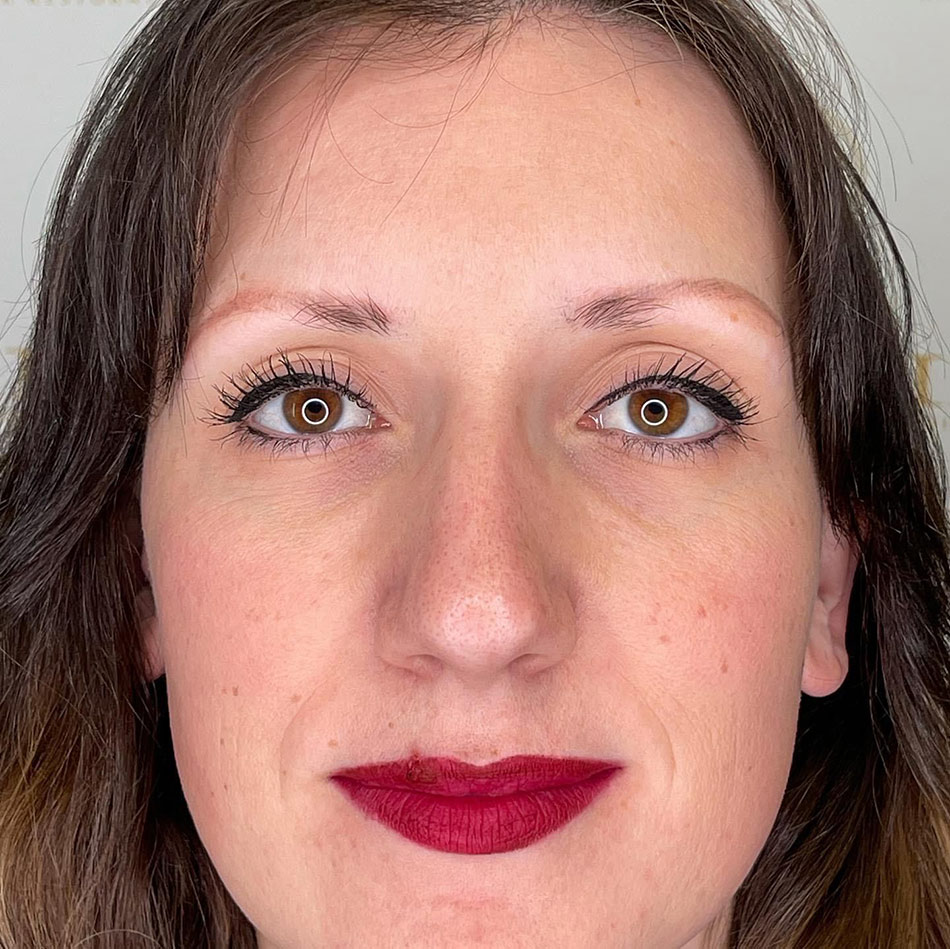
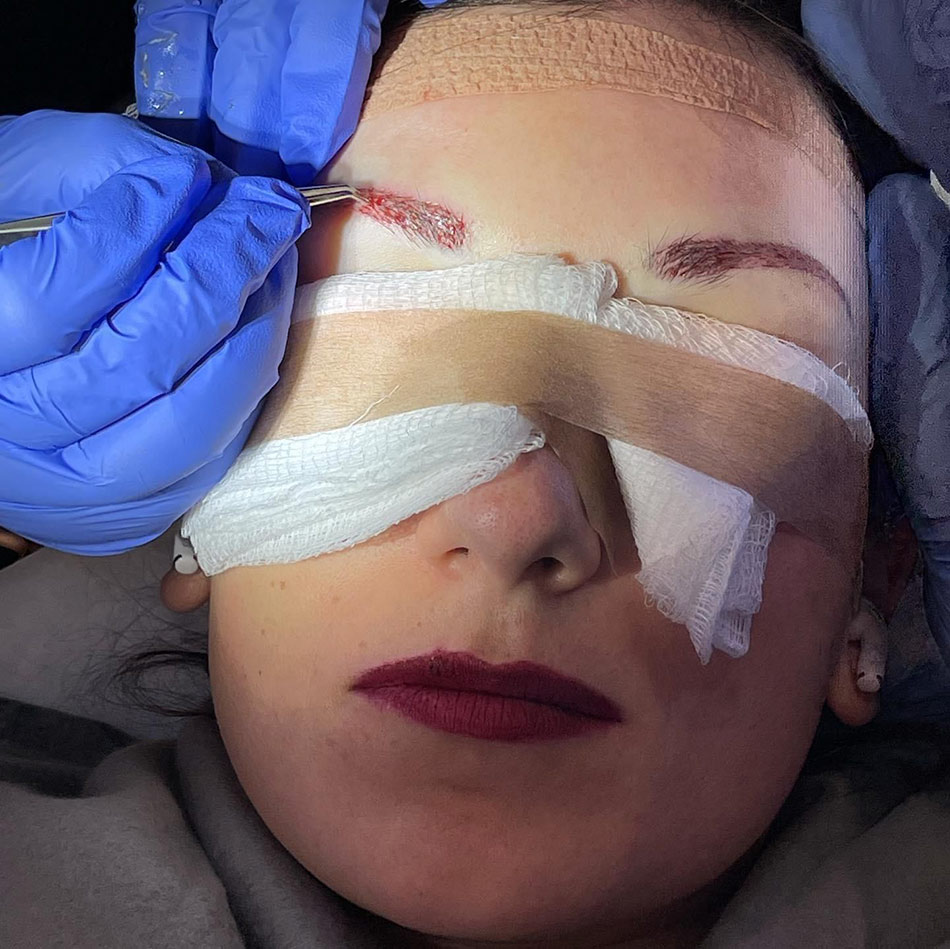
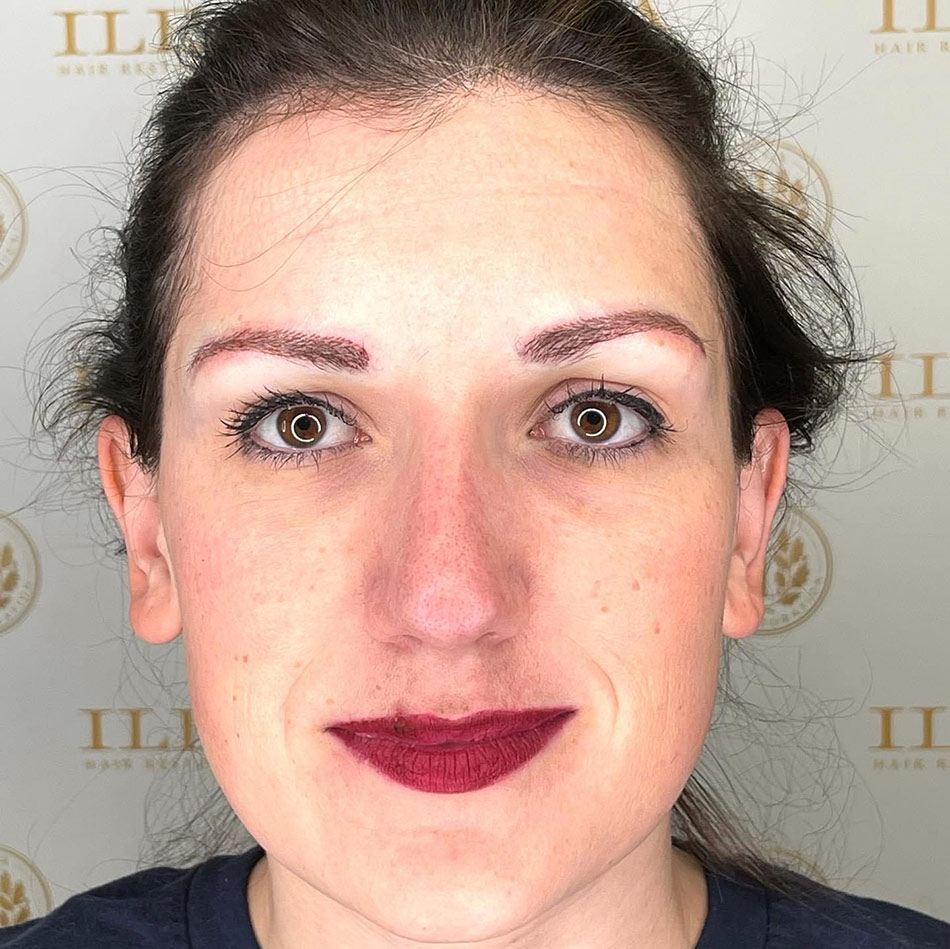
Immediately following the procedure, a physician may suggest a saline spray every few hours to provide the newly transplanted hair the most hospitable environment for healing and growth. Minimal bruising an swelling is normal and may last a few days. Maintenance after a FUE eyebrow restoration procedure may include penciling to enhance the results achieved. Most often, bi-monthly trimming as the transplanted hair assimilates to its new host site will become routine as part of care.
Hair regrowth begins three to four months after and desired results are generally seen in 4-6 months. As with hair restoration procedures of the scalp, brow restoration may require a second transplant to achieve the desired effect. Dr. John Kahen of Beverly Hills Hair Restoration shares the experience of a patient whose original goal was to thicken the brow:
Eyebrow and Eyelash transplants using the SmartGraft FUE device offer patients permanent and natural looking way of restoring or improving eyebrows in men and women. The result is thick, real eyebrows that beautifully frame the eyes. To find a SmartGraft Center nearest you, visit www.smartgraft.com
Further Reading: https://eyebrowqueenpro.com/eyebrow-trends-through-the-decades/ Eyebrow Transplant in Florida – Dr. Alan Bauman https://www.rush.co.uk/blog/skin/eyebrow-trends-throughout-the-decades/39624 https://www.cosmopolitan.com/style-beauty/g19586274/eyebrow-trends-decades/ https://www.ncbi.nlm.nih.gov/pmc/articles/PMC5561712/ Pathomvanich D. Anatomical restoration surgery of the eyebrow in Asian. Thai J Surg. 2004;25:47–52. [Google Scholar] Toscani M, Fioramonti P, Ciotti M, Scuderi N. Single follicular unit hair transplantation to restore eyebrows. Dermatol Surg. 2011;37:1153–8. [PubMed] [Google Scholar]

